Jeskai Way
One of the five ancient clans of Tarkir, the Jeskai Way admired the ancient dragons' aspect of cunning. The dragon's eye was their symbol. The clan was made up of martial artists, mystics, and monks. Jeskai orthodoxy focused on strategy over strength, planning battles against the other clans from their remote monasteries in misty mountain lakes. The basis of the Jeskai culture was within their isolated mountain strongholds, each with its own mystical styles and schools of thought.
Structure
The Jeskai clan was a combination of nomadic wanderers, who moved with the currents of the water, and settled populations, which were centered at the strongholds or as villages along the waterways. Many of the strongholds contained villages within their walls, and the mystics and scholars of the strongholds tended to remain in one location their entire lives. While these were the safest, most secured villages for the clan, most Jeskai were River People, living at the water's edge. Small family bands spent part of the year traveling with a village, but set off on their own at various times. Independence was a characteristic of the Jeskai people.
Governance
Each stronghold and minor hold governs itself in its daily affairs. The khan was recognized as the authority in matters of war and diplomacy, but for daily business, the Jeskai obeyed the Rules of the Reeds, a simple code of how to treat their fellow clan members. These rules included a presumption of innocence for the accused, a right to arbitration over disputes, and a trial for Jeskai who were accused of murder. Jeskai did not trust outsiders to obey the clan's rules of fair play and honor. When a Jeskai dealt with another Jeskai, they expected to be treated according to the Rules of the Reeds and trusted that the Wandering Warriors would defend their interests if something goes amiss.Clan Roles
- Windscout. This was a common role for the aven of the Jeskai. Typically, the aven members of the clan lived in their own isolated settlements in the remote highlands. Some who had chosen the mystic path dwelt in the towers and lofts of the strongholds.
- Bloodfire Warriors. Some schools focused on the art of manipulating the elements. In particular, the Dirgur School taught students how to create and wield the powers of the fires and summon elemental soldiers. The bloodfire warriors were the most feared—and bloodthirsty—of the Jeskai warriors.
- Wandering Enforcers. Some of the wanderers took roles as village enforcers. They were paid to protect the populace from bandits or unfair treatment from other settlements. These were usually short-term arrangements, for few Jeskai wanderers staid in one place for long.
- Mystics of the Infinite. Humans in the strongholds often turned to meditation. Sometimes, sessions lasted years and ended with the mystic knowing powerful battle magic. Mystic was another role for the aven of Jeskai. Some lived as hermits for years in the mountains, flying in intricate patterns around the peaks as a form of meditation until they gained enlightenment, which invariably made them more powerful fighters.
Culture
The four pillars of the Jeskai Way were discipline, enlightenment, industriousness, and traditionalism.
Discipline
The Jeskai devoted themselves to martial arts and skills with weapons. Every person, whether farmer, fisher, or monk, had a weapon of choice. Study and practice with this weapon continued throughout a person's life. A day without training was a wasted day according to the Jeskai. In addition to weapons training, the members of this clan would have devoted several hours a day to physical meditation, resembling combat forms practiced in slow motion. This could have been a mystical ritual, and Jeskai mages combined this practice with spells, but mysticism isn't required. Even for people who commanded no magic at all, this physical meditation slowed down the aging process. The average Jeskai's life span was more than double that of other clans.- Initiate's Stair. This stairway was carved into the face of a white-rock pinnacle that reached high into the air. The stairs wound around the pinnacle, all the way up to the top, where a simple shrine rested. Climbing this stair was considered a rite of passage for Jeskai youth. The climb itself was not difficult—except those that attempted it would do so on their hands. Incredible amounts of stamina, strength, and balance would be required to accomplish this feat and ascend all 1,578 steps without falling. Jeskai children would spend years in preparation, sometimes beginning as early as four years of age.
- Weapon skill. The Jeskai studied and crafted wide varieties of weapons: sticks, staves, daggers, butterfly knives, metal claws, swords, fork-tipped swords, ribbons, and flails. The Jeskai aven also used long narrow nets as weapons, which they used to incapacitate and relocate their enemies as opposed to kilingl them.
Enlightenment
Jeskai saw themselves as more enlightened than the other clans. They believed they alone understood the true nature of the world and therefore were the true arbiters of justice. The Jeskai believed they could follow more than one path to enlightenment, and each stronghold had its own ideas about which path was best. Enlightenment was not considered an end state, and when asked what enlightenment is, a Jeskai monk would merely answer with a cryptic response such as, "Enlightenment is contemplation of that which cannot be contemplated." Curiosity and discovery were seen as essential elements to attaining wisdom. No matter what path a person took, he or she was expected to attain wisdom and metaphysical tools, including the command of all the "fires," which are the elemental forces of the world.- Bloodfire. To the Jeskai, bloodfire was the most important of the elemental fires. They believed that during combat, a fighter must let go of logic and compassion and be consumed by bloodfire. In this state, rage was considered a righteous act. It was only through many years of training and discipline that a fighter can attain mastery of the bloodfire. Many Jeskai believed that bloodfire evoked a "superhuman" state, in which the person was invincible to weapons or other attacks.
- Compassion. The Jeskai valued honor and often came to the aid of the oppressed and poor. They were quick to judge—and kill—those they saw as oppressors or bullies. To the Jeskai, compassion was not innate. It must be learned through study, discipline, and experience. Ultimately, compassion should supersede the base instincts of the self.
- The Stone's Throw. The revered monk and ancient khan Shu Yun threw a stone into a thousand bodies of water—lakes, rivers, and seas. Legend has it that he waited by the shore of each until the ripples died away, and then the water gave him its wisdom. This was just one example of a person's path to enlightenment. There are thousands of stories such as these in the Jeskai. Each person's path to enlightenment was unique and individualistic, and the scholars of the strongholds wrote these stories on enchanted scrolls to keep for all eternity.
Industriousness
The Jeskai abhorred ostentatious displays of wealth and hedonism. Their strongholds were austere and practical. Because of their long life spans, artisans spent years in apprenticeships before becoming masters at their trade. Their crafts were colorful and deceptively simplistic; the techniques behind them were flawless. The Jeskai developed ingenious waterwheel technology, which produced power and carried fresh water to even the most remote mountaintop stronghold. Artisans crafted sextants and other fine metalwork, but only in small quantities.- The Exquisite Hand. Artisans resided in the Sage-Eye Stronghold. Each made one craft per season—a tapestry, a handcarved flute, a painting on a scroll. Everything they did was exquisite and fetched the highest prices in far-flung cities.
- Waterways. Other than the villages attached to strongholds, virtually all Jeskai villages laid along Tarkir's waterways. Huge waterwheels captured the energy of the flowing rivers and were used in the clan's industrious ventures.
Traditionalism
There were three major "ways" in the Jeskai tradition. When a student reached adolescence, the youth chose from three possible paths: "artisan," "mystic," or "wandering warrior." While most students were born into the clan, it was not unheard of for a Temur youth or an orphan from another clan to be educated by the Jeskai.- Way of the Artisan. Jeskai children who choose this path finished their education by learning a trade. The Jeskai were renowned for making weapons of all kinds and out of all materials, and every trade included a component of weapon-making. Blacksmiths made kettles and swords. Weavers made blankets and braided whips. Carpenters carved wooden chests and arrows. There were artisan brigades that built watermills, boats, and other works for the Jeskai people. Many of the strongholds contributed funds for boat-builders to make and donate solid vessels for growing Jeskai families.
- Way of the Mystic. These students continued their studies in the arcane and martial arts and would go on to become scholars, teachers, and monks in a stronghold.
- Way of the Wandering Warrior. These students apprenticed with an elder wanderer and spent increasing amounts of time in the wilderness, where they served as scouts, spies, and nomadic arbiters of justice.
Disbandment
When ancient Jeskai khan Shu Yun attempted a last-ditch effort at survival by summoning the four other khans of Tarkir to Dirgur Stronghold, where the goal was to devise a strategy to destroy the dragons. Unbeknownst to the other leaders, the Sultai khan Tasigur had betrayed them to the broods of Silumgar and Ojutai. The ensuing battle ended with the utter subjugation of the Jeskai, the murder of Shu Yun, the execution of all past dragon-slayers (the ghostfire warriors), and the destruction of all Jeskai historical records. However, Shu Yun's personal scroll of the day's events survived, hidden away from the dragon.
Territories
Strongholds
There was a network of ancient strongholds throughout Jeskai territory. Each stronghold had its own teacher, martial arts school, and arcane teachings. This sometimes lead to conflicts between the strongholds. The khan of the Jeskai was the final arbiter for any conflicts between clan members or schools. The main strongholds were:- Sage-Eye Stronghold. Served as the Jeskai's prime stronghold. It was built into the side of a mountain at the edge of a bay ringed by mountains. The adherents of the martial arts tradition followed here were known for their stealth, quickness, and cunning.
- Dirgur Stronghold. Built on an island in the midst of a vast lake, Dirgur may not have been the most secure stronghold, but it was the closest to both the Salt Road and the lands of the other clans. It was surrounded by a floating village with a network of wooden bridges.
- Cori Mountain Stronghold. This massive stronghold was constructed inside an ancient flooded caldera.
- Riverwheel Stronghold. This white-walled fortress was built into the side of a cliff. A huge waterfall flowed through the central fortress. The Riverwheel martial arts tradition imitated the flow of water and used flexible weapons like whips, long blades, or cloth.
DISBANDED/DISSOLVED

Type
Geopolitical, Clan
Successor Organization
Leader
Location
Related Traditions
Related Ranks & Titles
Manufactured Items
Notable Members
Remove these ads. Join the Worldbuilders Guild

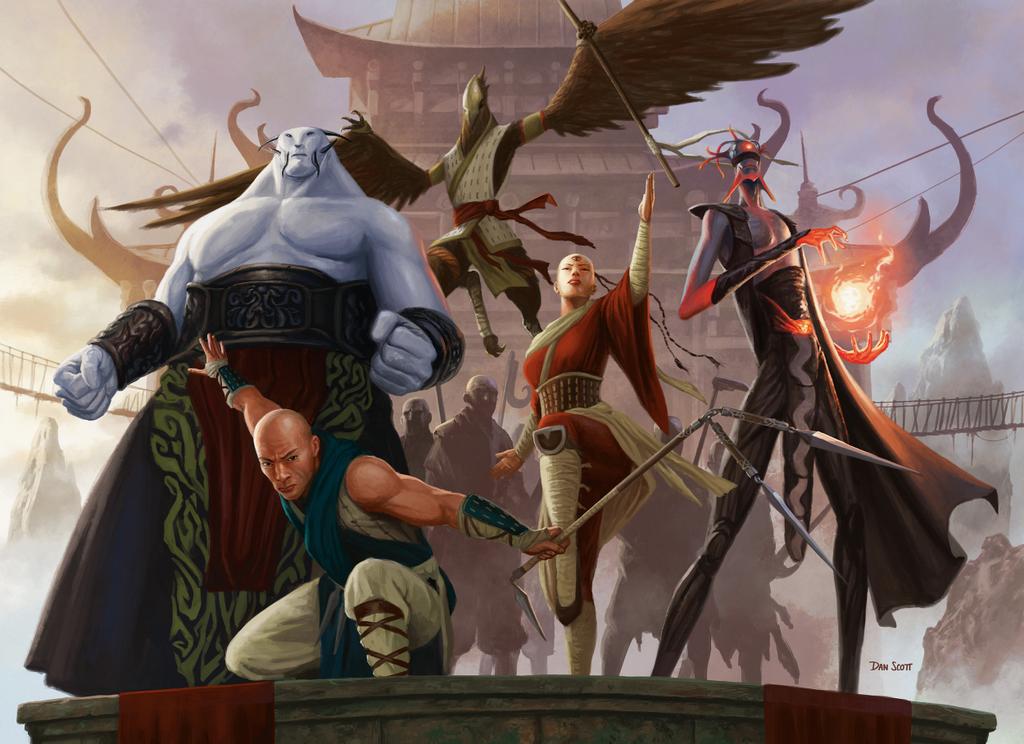

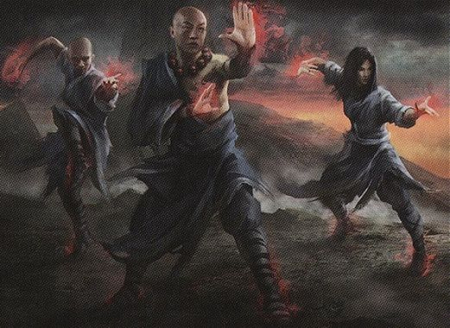
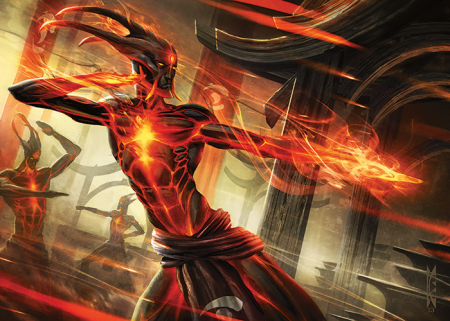
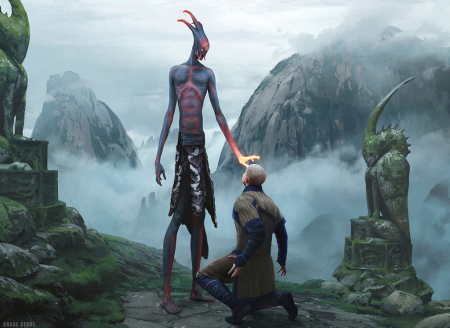
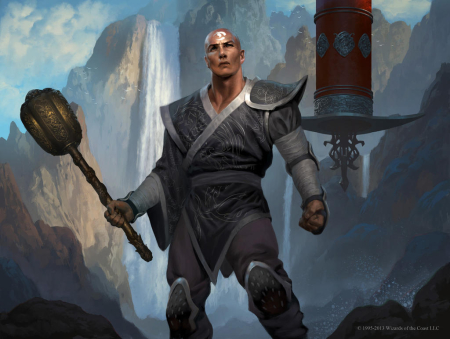
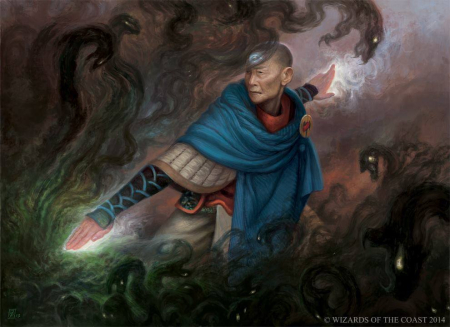


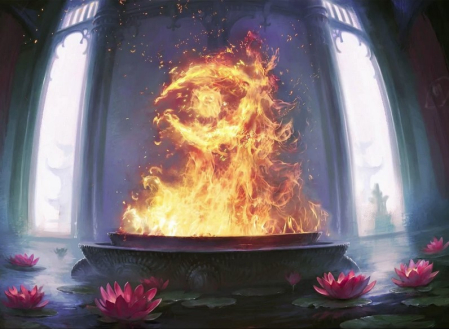
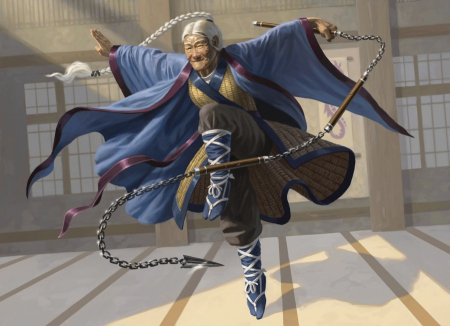
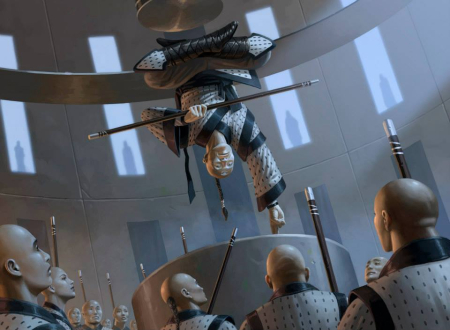
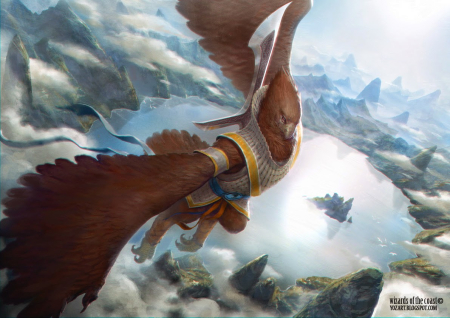
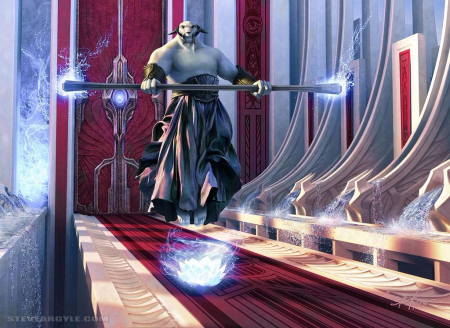
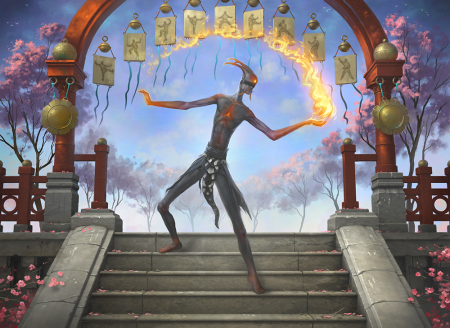
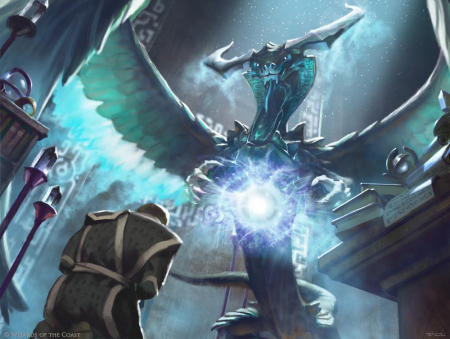
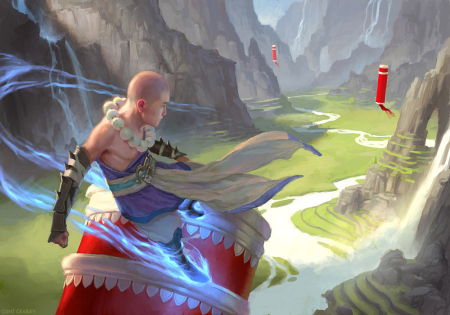
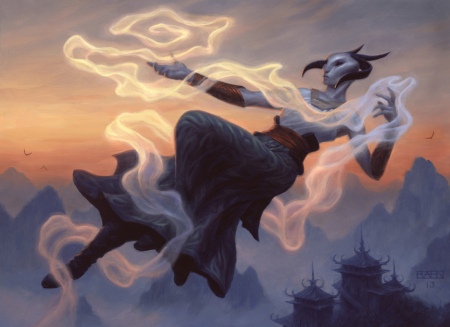
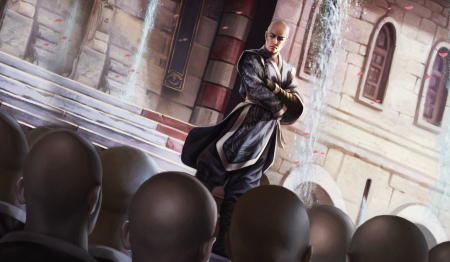
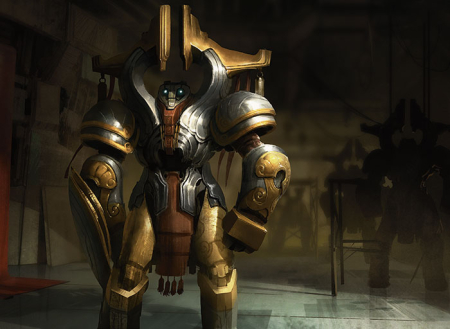
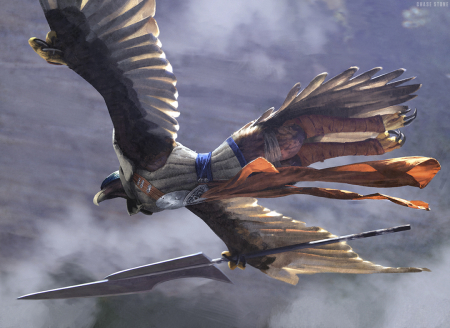
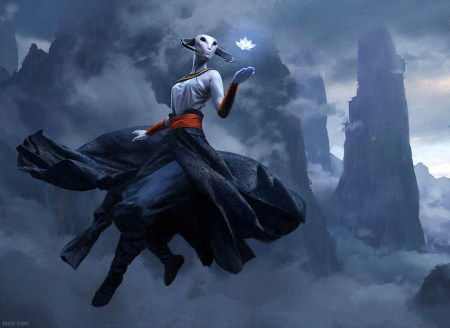
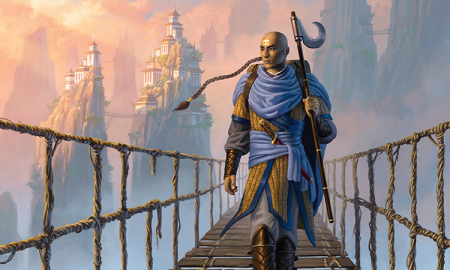
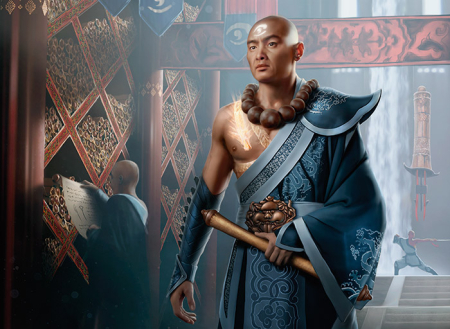
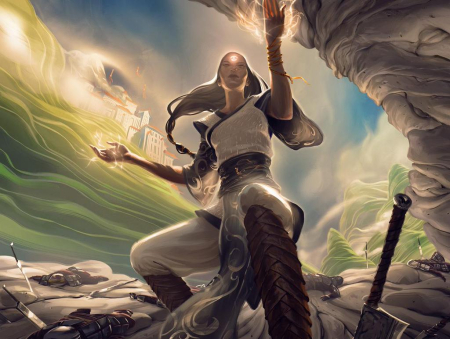
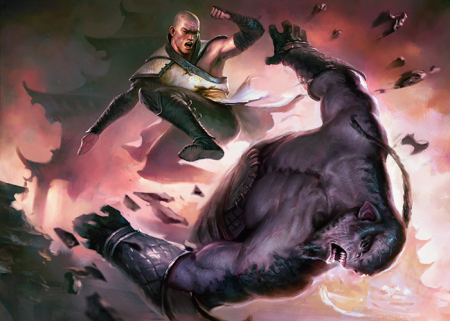
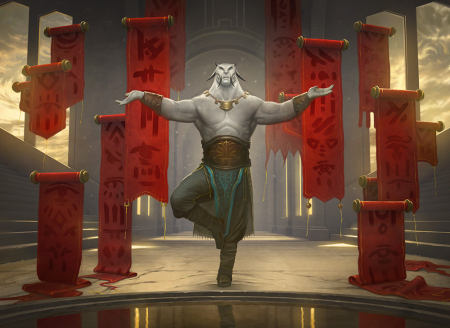
Comments